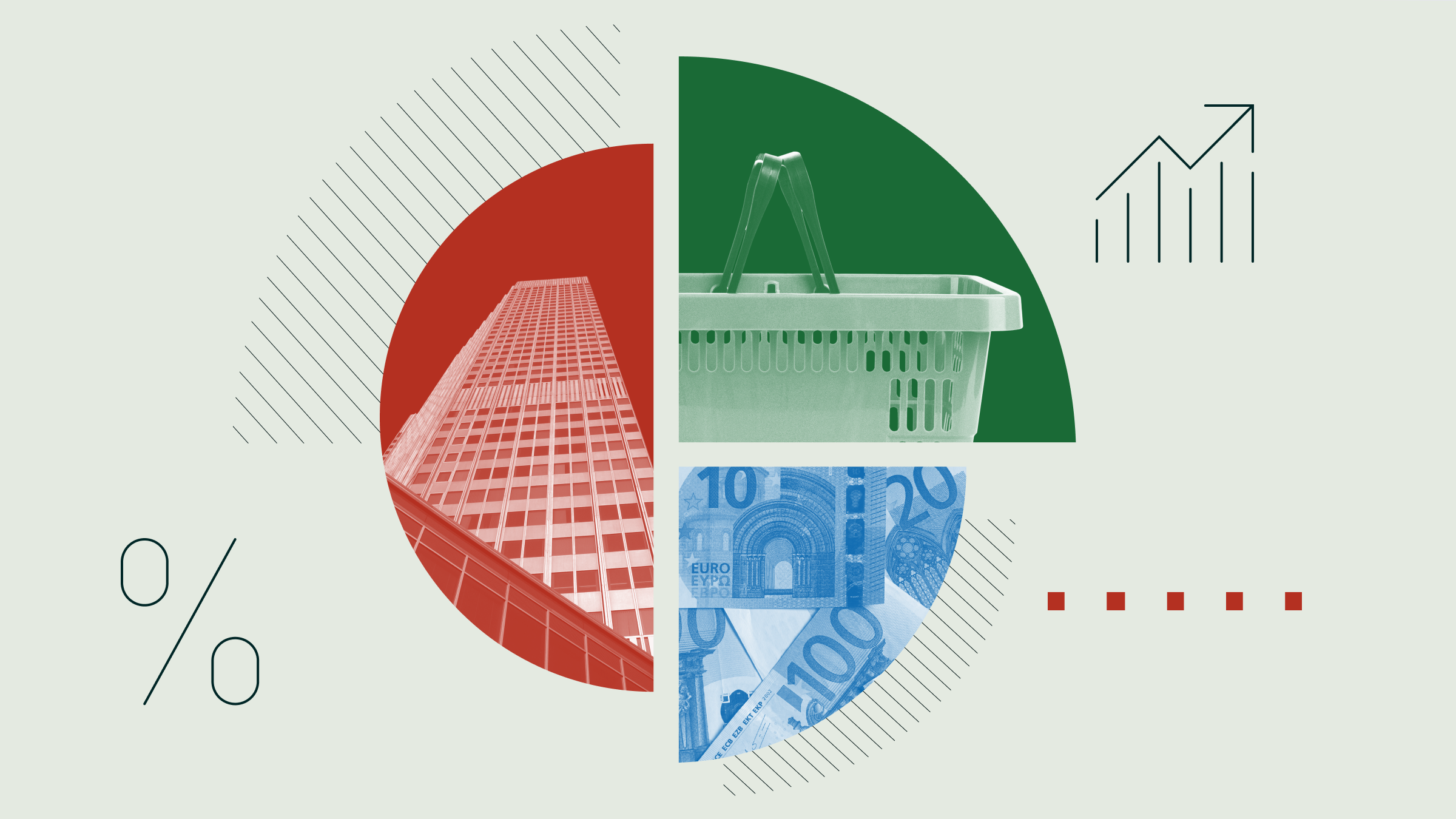Holly Black: Welcome to Morningstar. I'm Holly Black. With me is Hortense Bioy. She is Director of Sustainability Research at Morningstar. Hello.
Hortense Bioy: Good morning, Holly.
Black: So, we're talking all things ESG this week and there's definitely been a pickup in the number of funds available to investors in this space. And I think one area they might not look at so much or know so much about is passive ESG funds, so tracker funds that use ESG measures. What is the difference between an active and a passive ESG fund?
Bioy: I'd say the differences between an active and a passive ESG fund are very similar to the differences between an active and a passive non-ESG fund. So, obviously, cost is a key difference. ESG ETFs and index funds are low cost. Their cost may vary depending on the sophistication of the index strategy, but clearly, on average, passive ESG funds charge lower fees than active ESG funds. Now, the inconvenience with passive ESG funds is that they rely entirely on ESG ratings which is not the case for active funds. ESG is obviously an area that is quite complex, and you could argue that reducing the sustainability profile of a company to one score or one rating can be a simplistic or overly limiting. Active managers have access to multiple sources of ESG data and insights which can give them an edge and active managers have flexibility, more flexibility to and they are more able to adapt to company changes.
Black: So, I suppose, crucially, there's no right way and wrong way. It depends what you as an investor are looking for. So, when would it be a good choice to use a passive fund to invest in ESG?
Bioy: I'd say cost is the main differentiator here. I mean, if cost is the main concern, then a passive ESG fund is a way to go. Now, there's something to be aware of when investing in the passive ESG funds. They tend to have persistent biases at the geographic level or at the sector level. So, for example, some emerging markets passive ESG funds offer very little exposure to China while other passive ESG funds are overweight to technology companies. Now, there's nothing wrong with that. It's just something to be aware of, something that investors need to feel comfortable with and something to monitor. Now, it's easy to monitor that because passive funds are transparent. And transparency is something very important to ESG investors. With passive ESG funds they are able to see what they know – they know what they own because they can see the portfolio holdings, which is not always the case with active ESG funds.
Black: Okay. But there are some times when an active fund is the right choice. So, when would I want to use an active managed fund in this space?
Bioy: An active ESG fund is probably a better option for investors who value flexibility and who feel more comfortable knowing that there's a portfolio manager and a team of analysts who are researching companies to identify those that may stand out or those that are improving the ESG profile based on criteria that can evolve very, very quickly. So, for those investors who are interested in impact investing, so they want to invest in companies that make a real and direct impact on society, then active funds are the way to go. I mean, it's very difficult to achieve impact by investing in an index. And in fact, the vast majority of impact funds out there are actively managed.
Black: Hortense, thank you so much for your time. For Morningstar, I'm Holly Black.




















